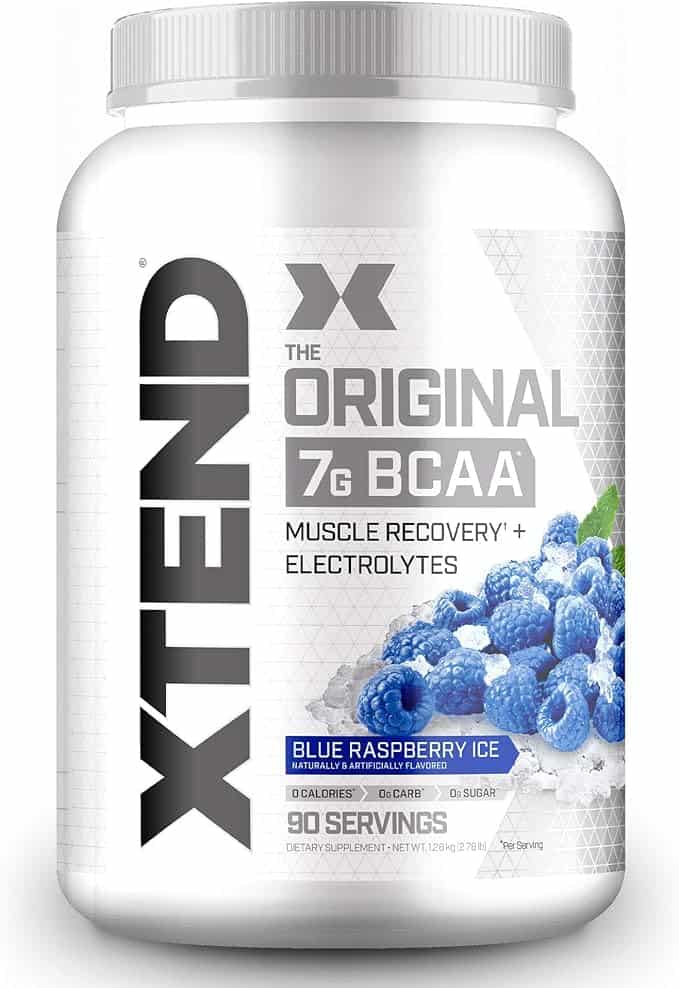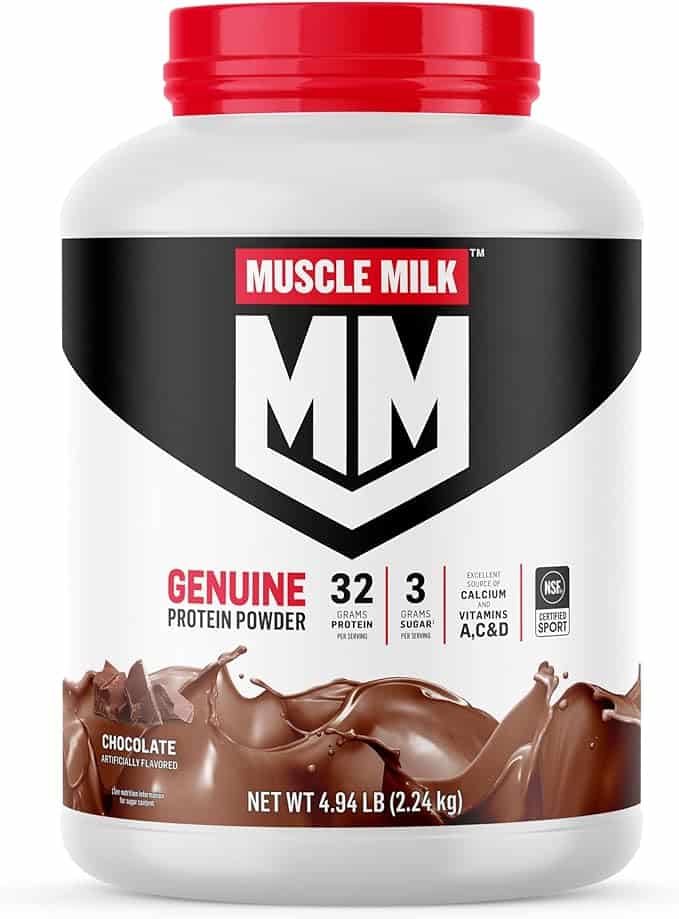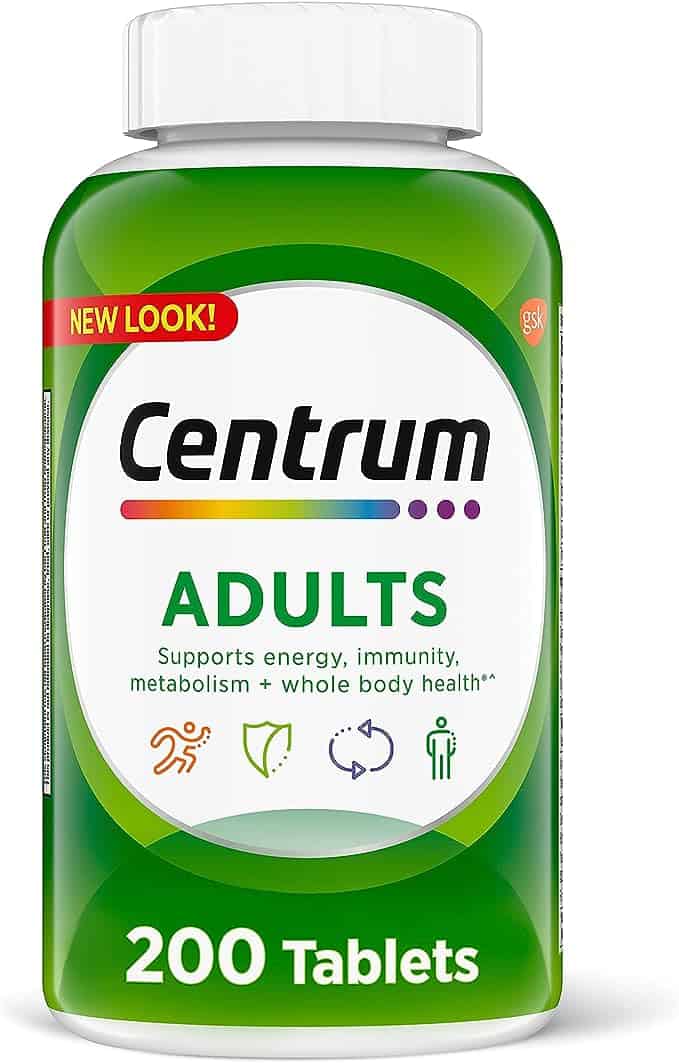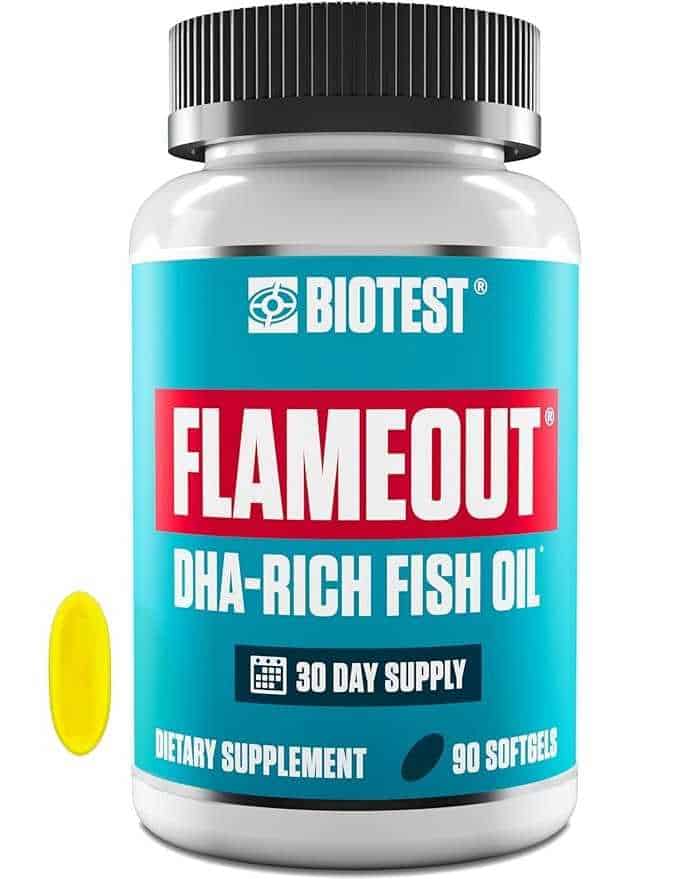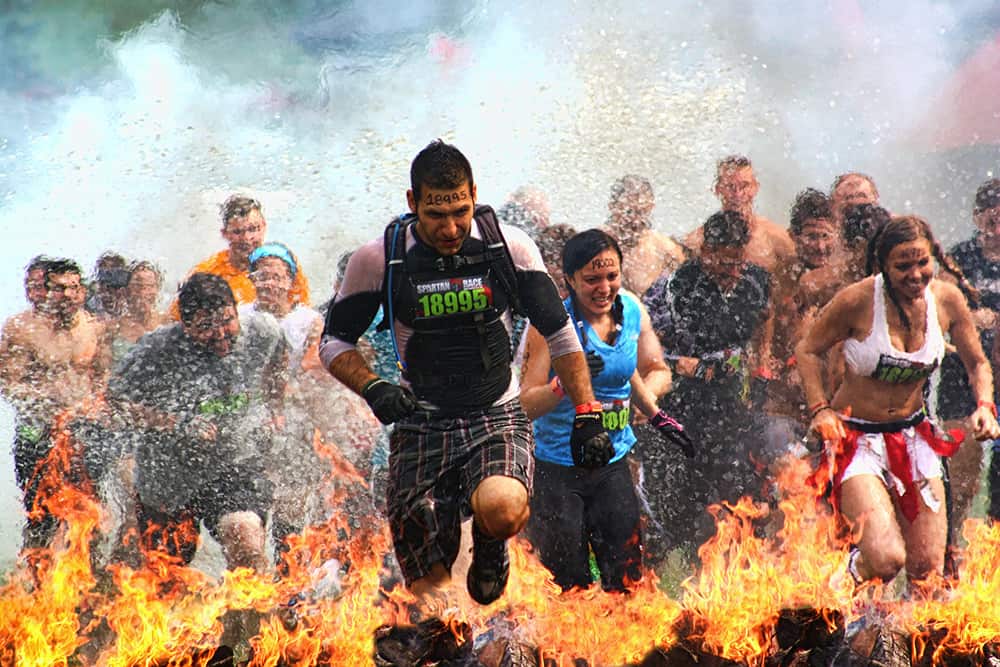
Project Swole has signed up for a Spartan Race! It will be a 5k spring with multiple obstacles to break up the run. While preparing for this, we’ve been running more than usual, and the wear and tear on the old piggies add up after even just a few runs. Therefore we’ve decided to seek out and publish some of the best tips we can find to help runners care for their feet.
Today we will be sharing 7 solid strategies to help you alleviate the pain and soreness in your feet, and also help to prevent foot injuries that might sideline you from being able to follow your running regimen.
1. Run in the Correct Shoes
Running in the proper pair of running shoes is the first step that you need to take to keep your feet healthy and happy.
When I say proper shoes, I don’t mean the shoe color, model, and brand, but mainly about the fit of the shoe.
If the shoes do not fit properly – too loose, too tight, or don’t feel right in some way – that causes your feet many different problems
If your shoes are too short or too tight, they may cause extreme discomfort and black toenails. If your shoes are too loose and wide, then your feet will tend to slide around inside your shoes and cause excessive friction which can lead to painful ailments such as blisters.
Improper shoes may also lead to serious injuries such as knee injuries, ankle sprains, calluses, and other serious problems. According to research, wearing improper running shoes is one of the major causes of running injuries for runners of all training backgrounds and levels.
So make sure to get the proper shoes. Get help from an ortho shop when searching for new shoes. Some running shoes, similar to these Drew shoes have shoe-fitting experts on staff, so be sure to use them to your full advantage.
Just remember that all runners are different. Some will require less cushioning, while others will need more support, so you will need to find the pair that is right for you.
2. Choose the Right Socks
Choosing the right shoes is only the beginning. You need to wear proper socks while running as well. An indecent and/or ill-fitting pair of socks is one of the major causes of running problems like blisters.
The best socks to wear when you run are lightweight and made out of water-resistant materials that can wick moisture away and are breathable so that undue friction can be prevented which can result in blisters.
Fortunately, socks are less expensive than shoes. That means it is affordable to experiment with different sock sizes and brands until you find the best pair for you.
Just remember that you will need to test the socks out along with your running shoes. Once you find a fabric, style, and brand that works best for you, if possible, buy several pairs.
Wrightsocks, in my opinion, are some of the best socks that are available in today’s marketplace.
3. Soften your Skin
There is a tendency for the skin on the feet to be dry, bumpy, and thick. Unfortunately, dry skin for runners may result in heel fissures and cause dry skin to bleed and crack.
The repetitive impact involved in running also may exacerbate the cracks, which can make them prone to becoming infected.
To avoid these problems, be sure to soften your skin regularly. Rub moisture into your skin so that your feet begin to feel soft and supple.
These anti-chaffing sticks and creams also can help to prevent you from getting blisters – especially in the summer when your feet get sweatier for a longer amount of time.
So if you tend to suffer from blisters regularly, then you need to apply moisture every day.
Apply the cream to the outside of your socks in addition to your skin to help to reduce any unnecessary friction. It is the main cause of blisters.
There are hundreds of different moisturizers and lubricants in the market that can be used. However, I recommend that a silicone-based lubricant be used on your feet since it helps to find moisture which is critical for keeping your feet healthy and free of blisters.
Everstride and BodyGlide are some of the top brands. I love them and I use the foot cream consistently now.
4. Use Ice
As you well know, after each run, feet tend to overheat. Using cold therapy can help to reduce the swelling.
Therefore, immerse your feet in a bucket of ice and water for 16 minutes at least after going on a hard run – as long as you don’t have any vascular issues. If you are unable to tolerate the cold, take a hose and run cold water over your feet.
To ease any inflammation, you also can raise your legs and apply an ice pack. Just don’t apply any ice to your feet for longer than 15 to 20 minutes or you will run the risk of getting frostbite.
5. Prevent Fungus
Also referred to as athlete’s foot, this type of painful injection may cause redness, itchy pain, and blisters on the soles of your feet and toes. It is very painful.
You can do the following to keep fungus under control:
Be sure to keep your feet dry and fresh as often as you can. The reason for that is fungus likes things murky. So when your feet are kept clean, it is less likely that a condition will arise.
However, that is easier said than done. Each foot has around 125,000 sweat glands (more than anyplace else on the body) and around four ounces of sweat is produced by each foot per day (so about one eggcup full of moisture).
You can increase your chance of beating the condition if you change your socks regularly and apply antiperspirants to your feet.
Also, keep your toenails clean and short. That will increase the lifespan of the socks and prevent fungus.
If you have athlete’s foot already, then use an over-the-counter fungicide to treat it and rest as much as necessary.
6. Foot and Nail Care
If you have long toenails they can get caught in your socks and tear a hole in them. Untrimmed nails also can result in strain and create a pooling of blood underneath the nail. A long untrimmed toenail also can cut into the neighboring toes and be quite painful.
Therefore, keep a close watch on your nails and be sure to keep them trimmed regularly. Cut your toenails straight across and smooth the edges out using a file.
7. Work Out Your Toes
The region of your foot, like your chest muscles, core, and glute, is another muscle group in need of strength training.
Many running injuries are associated with having weak feet. So if you have weak muscles around your feet, they won’t move your foot into the proper running position.
That means your running gait will have less stability, and that can lead to injury and also hinder your performance.
Therefore, increase the strength of your feet by performing some exercises designed to do just that. Do 20 repetitions at least of each exercise, and do about two or three sets of the exercises a few times per week.
Read more: How to Avoid The Top Five Most Common Running Injuries





